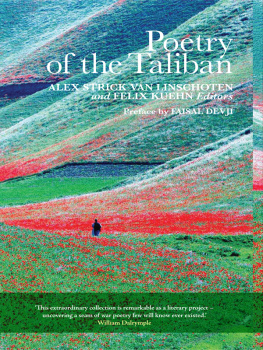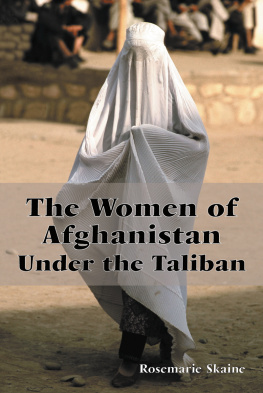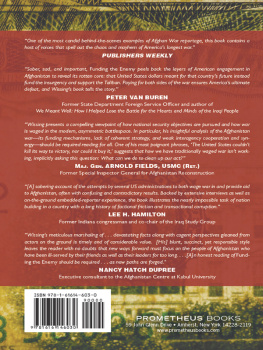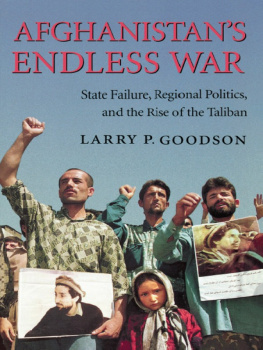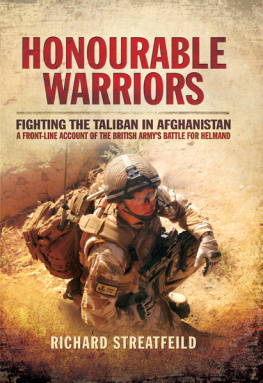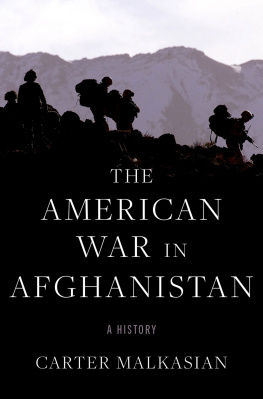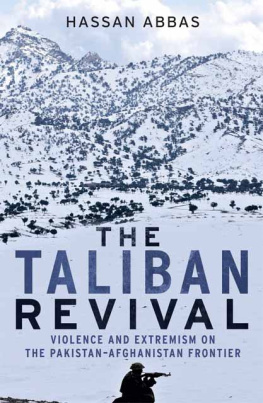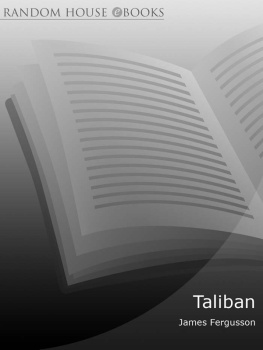WAR COMES TO GARMSER
War Comes to Garmser
Thirty Years of Conflict on the Afghan Frontier
CARTER MALKASIAN

Oxford University Press
Oxford University Press is a department of the University of Oxford. It furthers the Universitys objective of excellence in research, scholarship, and education by publishing worldwide.
Oxford New York
Auckland Cape Town Dar es Salaam Hong Kong Karachi
Kuala Lumpur Madrid Melbourne Mexico City Nairobi
New Delhi Shanghai Taipei Toronto
With offices in
Argentina Austria Brazil Chile Czech Republic France Greece
Guatemala Hungary Italy Japan Poland Portugal Singapore
South Korea Switzerland Thailand Turkey Ukraine Vietnam
Oxford is a registered trade mark of Oxford University Press in the UK and certain other countries.
Copyright 2013 by Carter Malkasian
Published in the United States of America by
Oxford University Press
198 Madison Avenue, New York, NY 10016
Published in the United Kingdom in 2013 by C. Hurst & Co. (Publishers) Ltd.
All rights reserved. No part of this publication may be reproduced, stored in a retrieval system, or transmitted, in any form or by any means, without the prior permission in writing of Oxford University Press, or as expressly permitted by law, by license, or under terms agreed with the appropriate reproduction rights organization. Inquiries concerning reproduction outside the scope of the above should be sent to the Rights Department, Oxford University Press, at the address above.
You must not circulate this work in any other form
and you must impose this same condition on any acquirer.
Library of Congress Cataloging-in-Publication Data
Malkasian, Carter, 1975
War comes to Garmser : thirty years of conflict on the Afghan frontier / Carter Malkasian.
pages cm
Includes bibliographical references and index.
ISBN 978-0-19-997375-0 (alk. paper).
1. Malkasian, Carter, 1975 2. Helmand (Afghanistan)History, Military. 3. Afghan War, 2001CampaignsAfghanistanHelmand. 4. Afghan War, 2001Personal narratives, American. 5. Postwar reconstructionAfghanistanHelmand. 6. Helmand (Afghanistan)Politics and government. 7. Helmand (Afghanistan)Ethnic relations. 8. TalibanHistory. 9. AfghanistanHistorySoviet occupation, 19791989. 10. Helmand River Valley (Afghanistan)Social life and customs. I. Title.
DS371.412.M333 2013
958.10471092dc23
[B]
2012045788
9 8 7 6 5 4 3 2 1
Printed in the United States of America on acid-free paper
CONTENTS
In 1972, Jeffrey Race published War Comes to Long An, a first-person analysis of the war in Vietnam. It was a stunningly original work on war, observed from the inside by an American who was deeply embedded in the language, culture, and politics of the province. Race was a former Army officer who lived in Long An for four years conducting research that became his doctoral dissertation. The book he published is cited as a classic in the 2006 US Army/Marine Corps Counterinsurgency Field Manual; for forty years it has had no equal in the depth of understanding it provided of an internal struggle for the soul of a very small place.
Carter Malkasian has followed in his footsteps. Malkasian came to Afghanistans Garmser District in 2009 as a political officer for the U.S. State Department. Like Race, Malkasian had previous experience of war; his doctoral dissertation on Korea and Vietnam was closely followed by years of service as a counterinsurgency adviser to the Marine Corps in Iraq and Afghanistan. He spent nearly two years in Garmser during the surge of US civilians to Afghanistan, teaching himself Pashto and getting to know local leaders from the provincial level down to village elders. But wars have at least two sides, and like Race, Malkasian also became well acquainted with leaders of the insurgency that threatened his province, enabling an intimate understanding of the dynamics of the local conflict.
The most important difference between the two books is that Race sought to understand the war in Long An as an academic exercise, albeit one in which he was immersed. In Garmser, Malkasians search for knowledge was of immediate practical importance as he worked to cobble together political progress out of the military sacrifices of the US Marines who reinforced and ultimately replaced British troops in Helmand Province. Malkasian was an independent variable in the social science experiment that tripled US effort in Afghanistan in 2009.
It is fitting that he ended up in Garmser. The name means hot place in Persian; its location some sixty miles from the Pakistani border and proximity to the birthplace of the Taliban made it a very hot place indeed for the Marines who fought there during Malkasians tenure. The district has a long, splintered history as the shatter zone of empires, and it has known constant conflict and change for the past seven decades, beginning with the American-led Helmand and Arghendab River Valley Project in the 1950s and the resulting population influx. Local power structures were turned upside down by the Soviet invasion in 1979 and the decade-long effort to repel the invaders followed by a bitter civil war, and then came a semblance of brutal order as the Taliban ascended to power in the late 1990s.
The Talibans decision to provide shelter to al-Qaeda ensured that the regime would fall after the attacks of 11 September. But the Taliban found refuge in Pakistan and slowly regrouped as America prematurely turned its attention to Iraq. That Mesopotamian war consumed all of the oxygen even as the Taliban re-infiltrated their homeland; unable to focus on two wars at once, America barely noticed until it was almost too late.
Senator Obama campaigned on Afghanistan as the good war; President Obama quickly doubled down on the effort there during his first year in office. By the time US Marines started to arrive in numbers, the Taliban had regained control of Garmser and much else, and the Marines had to fight hard for every canal, field, and home they tore away from the insurgents.
Malkasian tells a story that is well known to students of counterinsurgency: increasing numbers of troops spread out like oil spots to protect the local population, gradually transferring responsibility to locally raised and trained forces who hold terrain that foreign forces have cleared of insurgents. Only when that security is in place can a government be built that enables economic progress and builds defenses against the return of the cancer of insurgency.
Along the way, brave local leaders as well as innocent civilians inevitably find themselves the targets of insurgent violence. There are reverses and riots, murders and misunderstandings. But the progress is undeniable and slowly builds upward, even as the American commitment to Afghanistan begins to wane.
Malkasian left Garmser in the summer of 2011 after nearly two years on the ground, with the outcome of the larger war very much in doubt. Who rules Garmser in the years to come will depend on decisions made in Washington and Islamabad as well as in Kabul. War on rebellion is always messy and slow, but Malkasians experience demonstrates that with patience, an understanding of history and local-level politics, and courage, it can succeed. Whether the tenuous peace and prosperity of Garmser are worth the price is not a question that this book, good as it is, can answer.
What it can do is provide a ground-level feel for the longest of all of Americas wars. It is certain to be called a classic of the military art. It is also, undeniably, a work suffused with love for a people who have fought for so long and suffered so much. They are fortunate to have had the chance to work with him, and we are immensely fortunate to have this book.
Next page

